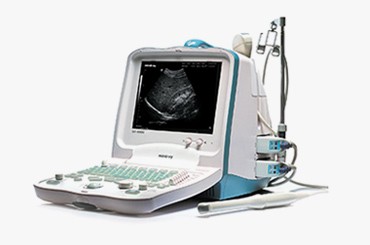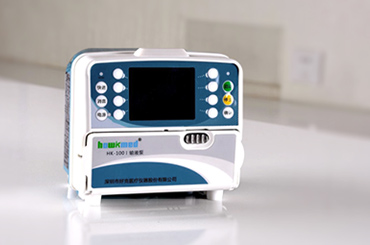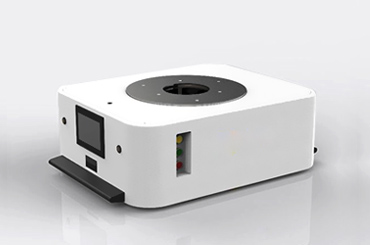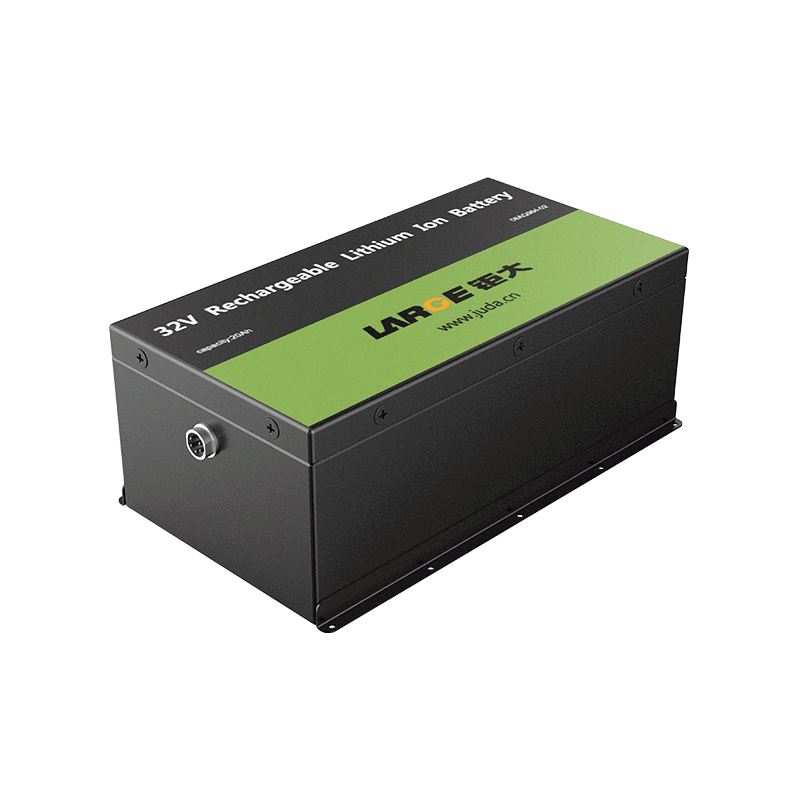-
Key Takeaways
-
Part 1: Overview of Sodium-ion Batteries+
- 1.1 What Is a Sodium-ion Battery?
- 1.2 Key Features of Sodium-ion Batteries
- 1.3 Current Challenges in Sodium-ion Battery Development
-
Part 2: Overview of Lithium-ion Batteries+
- 2.1 What Is a Lithium-ion Battery?
- 2.2 Key Features of Lithium-ion Batteries
- 2.3 Applications in Medical, Robotics, and Infrastructure
-
Part 3: Advantages and Disadvantages of Each Battery Type+
- 3.1 Advantages of Sodium-ion Batteries
- 3.2 Disadvantages of Sodium-ion Batteries
- 3.3 Advantages of Lithium-ion Batteries
- 3.4 Disadvantages of Lithium-ion Batteries
-
Part 4: Practical Applications and Recommendations+
- 4.1 Best Use Cases for Sodium-ion Batteries
- 4.2 Best Use Cases for Lithium-ion Batteries
- 4.3 Key Factors for Businesses to Consider
-
FAQ+
- 1. What makes lithium-ion batteries safer for medical applications?
- Are sodium-ion batteries safe for industrial energy storage?
- How does Large Power ensure battery safety in customized solutions?
Comparing Sodium-ion and Lithium-ion Batteries: Key Advantages and Drawbacks
APR 25, 2025 Pageview:12

Understanding sodium-ion vs li-ion batteries is crucial for industrial applications. Rechargeable batteries power material handling devices, robotics, and medical equipment, driving efficiency and innovation. The hospitals and clinics segment alone accounted for 49.07% of the medical battery market in 2023, reflecting the rising demand for advanced technologies. Businesses must evaluate sodium-ion vs lithium-ion options to meet sustainable energy goals and operational needs. Explore customized battery solutions tailored to your industry from Large Power.
Key Takeaways
Sodium-ion batteries are cheaper and use common materials. They work well for storing energy on a large scale and in cold places.
Lithium-ion batteries store more energy and last longer. They are great for important uses like medical tools, robots, and buildings.
Companies should think about energy storage, lifespan, cost, and eco-friendliness when picking between sodium-ion and lithium-ion batteries for their needs.
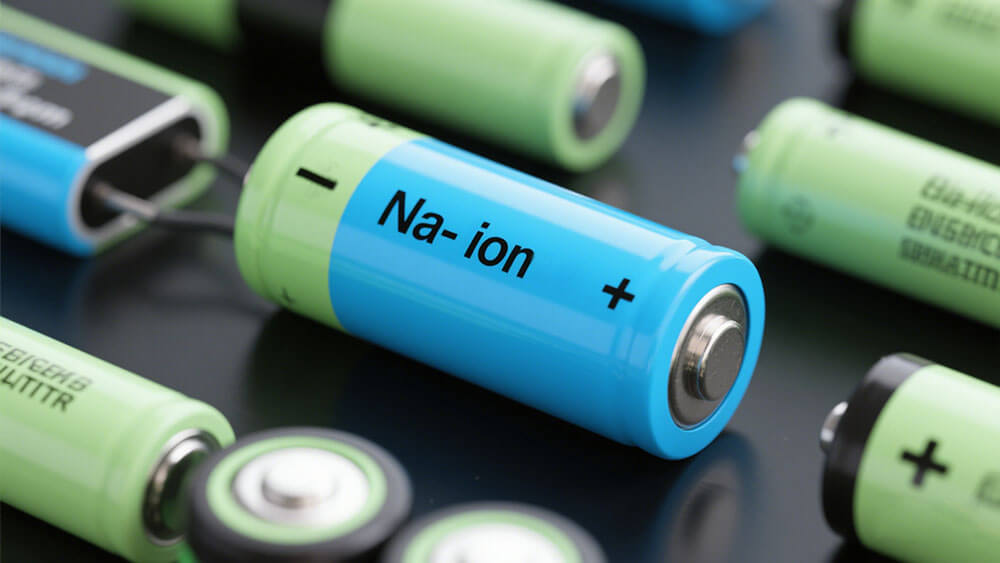
Part 1: Overview of Sodium-ion Batteries
1.1 What Is a Sodium-ion Battery?
A sodium-ion battery is a type of rechargeable battery that uses sodium ions as charge carriers. Unlike lithium-ion batteries, which rely on lithium, sodium-ion batteries utilize sodium—a more abundant and cost-effective element. These batteries operate through a similar mechanism, where sodium ions move between the anode and cathode during charging and discharging cycles. Sodium-ion technology has gained attention due to its potential to reduce dependency on scarce resources like lithium and cobalt.
The market for sodium-ion batteries has grown significantly. In 2023, the estimated market size reached USD 321.75 million, with a projected compound annual growth rate (CAGR) of 16.3% from 2024 to 2030. This growth is driven by the increasing demand for sustainable energy storage solutions, particularly in industrial and infrastructure applications. Sodium-ion batteries are emerging as a viable alternative for large-scale energy storage systems, offering a balance between cost and performance.
1.2 Key Features of Sodium-ion Batteries
Sodium-ion batteries offer several notable features:
Cost Efficiency: Sodium-ion batteries are more affordable than lithium-ion batteries. The theoretical cost per kilowatt-hour of capacity ranges from $40 to $77, compared to $137 for lithium-ion batteries in 2020.
Energy Density: While the energy density of sodium-ion batteries (75–200 W·h/kg) is lower than that of lithium-ion batteries (100–270 W·h/kg), it is still sufficient for many industrial applications.
Abundant Resources: Sodium is widely available, reducing supply chain risks and ensuring long-term sustainability.
Safety: Sodium-ion batteries exhibit improved thermal stability, minimizing the risk of thermal runaway—a critical safety concern in lithium-ion batteries.
These features make sodium-ion batteries particularly suitable for applications requiring cost-effective and reliable energy storage, such as grid-level energy storage systems and industrial operations.
1.3 Current Challenges in Sodium-ion Battery Development
Despite their advantages, sodium-ion batteries face several challenges:
Lower Energy Density: Sodium-ion batteries have a lower energy density compared to lithium-ion batteries, limiting their use in high-energy-demand applications like electric vehicles.
Material Conductivity: Enhancing the conductivity and electrochemical stability of sodium-ion batteries remains a key research focus.
Supply Chain Development: The supply chain for sodium-ion battery materials is still in its infancy, posing challenges for large-scale manufacturing.
Safety Concerns: Although sodium-ion batteries are generally safer, issues like thermal stability and the potential release of toxic gases during thermal runaway require further investigation.
Addressing these challenges will be crucial for sodium-ion batteries to compete with lithium-ion batteries in diverse industrial sectors. Businesses seeking customized solutions can explore options tailored to their specific needs from Large Power.
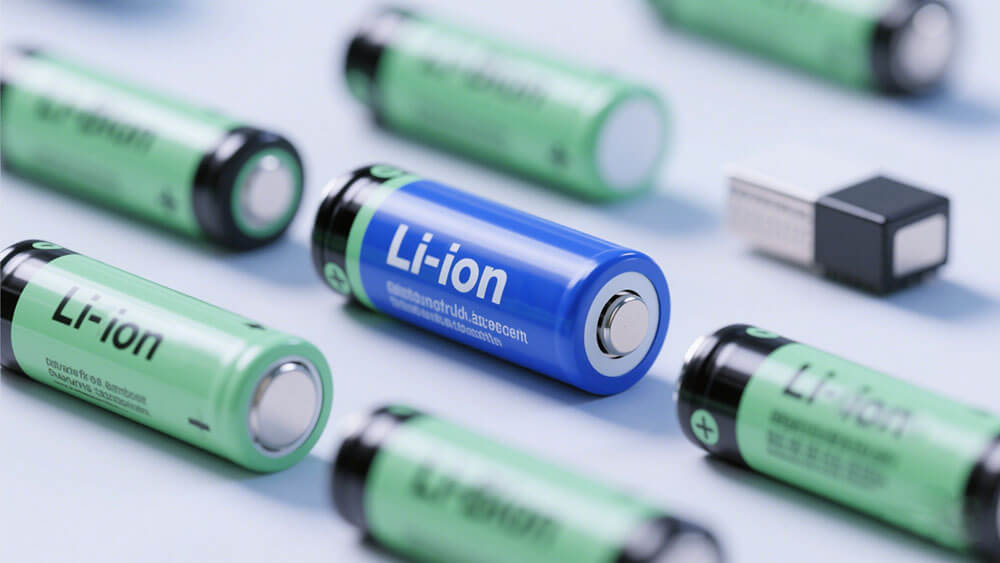
Part 2: Overview of Lithium-ion Batteries
2.1 What Is a Lithium-ion Battery?
A lithium-ion battery is a rechargeable energy storage solution that uses lithium ions to transfer charge between the anode and cathode during operation. These batteries are widely recognized for their high energy density, long cycle life, and versatility across various industries. Unlike sodium-ion batteries, lithium-ion batteries leverage advanced materials like NMC Lithium battery and LiFePO4 Lithium battery to optimize performance for specific applications.
The global lithium-ion battery market continues to expand, driven by demand in sectors such as medical devices, robotics, and infrastructure. According to the IDTechEx report, advancements in anode materials, including silicon and lithium-metal, could improve energy density by 30–40%. This innovation positions lithium-ion technology as a cornerstone for emerging technologies. For tailored solutions, explore customized battery options.
2.2 Key Features of Lithium-ion Batteries
Lithium-ion batteries offer several critical features that make them indispensable for industrial applications:
High Energy Density: With energy densities ranging from 100–270 Wh/kg, lithium-ion batteries outperform sodium-ion batteries in compact and high-energy-demand applications.
Long Cycle Life: Depending on the chemistry, lithium-ion batteries can achieve 500–5000 cycles, ensuring durability and reliability.
Versatility: Chemistries like LiFePO4 Lithium battery and NMC Lithium battery cater to diverse needs, from safety-critical medical devices to high-performance robotics.
Efficiency: Lithium-ion batteries exhibit low self-discharge rates, maintaining charge over extended periods.
Scalability: These batteries support applications ranging from small consumer electronics to large-scale energy storage systems.
Measured performance metrics, such as impedance, energy density, and specific energy, further highlight their adaptability. For example:
Metric | Description |
|---|---|
Energy Density | Energy relative to size (Wh/L). |
Specific Energy | Energy relative to weight (Wh/kg). |
Battery Power | Rate of current movement (watts or C-rate). |
2.3 Applications in Medical, Robotics, and Infrastructure
Lithium-ion batteries play a pivotal role in powering critical systems across industries:
Medical: From portable diagnostic tools to life-support systems, lithium-ion batteries ensure uninterrupted operation. Learn more about lithium-ion batteries in medical applications.
Robotics: High-performance robotics rely on lithium-ion batteries for precision and efficiency. Explore robotic solutions.
Infrastructure: Transportation systems and energy storage solutions depend on lithium-ion batteries for reliability and scalability.
These batteries also support consumer electronics and industrial operations, offering unmatched versatility. Businesses seeking customized solutions can explore options tailored to their needs from Large Power.
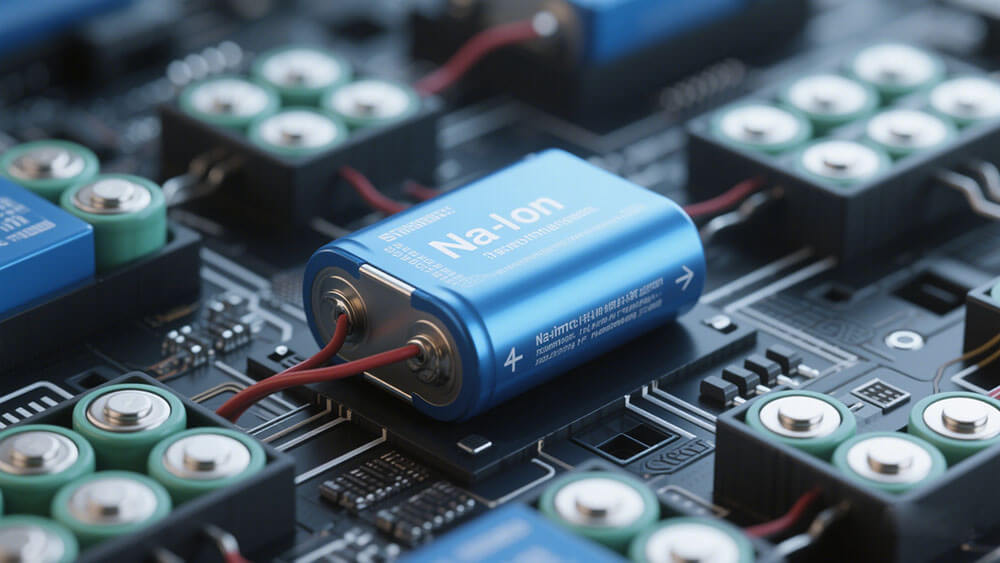
Part 3: Advantages and Disadvantages of Each Battery Type
3.1 Advantages of Sodium-ion Batteries
Sodium-ion batteries offer several compelling advantages that make them suitable for industrial applications:
Material Availability: Sodium is over a thousand times more abundant in the Earth’s crust than lithium. This abundance reduces raw material costs and simplifies the supply chain. Sodium can be extracted from inexpensive sources like seawater and mined salts, making production more cost-effective.
Cost-Effectiveness: The cost of sodium-ion batteries is significantly lower compared to lithium-ion batteries. The infrastructure required for sodium-ion battery production is less expensive to develop, further enhancing their affordability.
Safety Profile: Sodium-ion batteries exhibit superior safety features. They are less prone to thermal runaway and overheating, which makes them ideal for large-scale applications.
Environmental Impact: Sodium extraction has a lower environmental impact than lithium mining. This sustainability factor, combined with easier recyclability, positions sodium-ion batteries as an eco-friendly alternative.
Performance in Cold Climates: Sodium-ion batteries perform better at low temperatures, making them suitable for applications in colder regions.
These advantages highlight the potential of sodium-ion batteries in energy storage systems and industrial operations. Businesses seeking cost-effective solutions can explore tailored options from Large Power.
3.2 Disadvantages of Sodium-ion Batteries
Despite their benefits, sodium-ion batteries face several challenges that limit their adoption:
Disadvantage | Description |
|---|---|
Energy Density Limitations | Sodium-ion batteries have lower energy densities due to the larger atomic size of sodium compared to lithium. |
Maturity of Technology | Sodium-ion technology is less established than lithium-ion technology, indicating a lack of market maturity. |
Cycle Life | Existing sodium-ion batteries have a cycle life of approximately 2,000 cycles, which is lower than the 2,000–5,000 cycles of commercial LiFePO4 Lithium batteries. |
Manufacturing Challenges | Sodium-ion batteries face significant manufacturing hurdles, including limited flexibility in design and shape. |
Supply Chain Development | The supply chain for sodium-ion battery materials is still in its infancy, posing challenges for large-scale production. |
These drawbacks underscore the need for further research and development to enhance the performance and scalability of sodium-ion batteries. For customized solutions tailored to your industry, visit Large Power.
3.3 Advantages of Lithium-ion Batteries
Lithium-ion batteries remain the industry standard due to their unmatched performance and versatility:
High Energy Density: Lithium-ion batteries offer energy densities ranging from 100–270 Wh/kg, making them ideal for compact and high-energy-demand applications.
Long Cycle Life: Depending on the chemistry, lithium-ion batteries can achieve 500–5,000 cycles, ensuring durability and reliability. For instance, LiFePO4 Lithium batteries provide up to 5,000 cycles, while NMC Lithium batteries offer 1,000–2,000 cycles.
Efficiency: These batteries exhibit low self-discharge rates, maintaining charge over extended periods.
Versatility: Lithium-ion batteries cater to diverse applications, from medical devices to robotics and infrastructure.
Scalability: Lithium-ion batteries support a wide range of applications, from small consumer electronics to large-scale energy storage systems.
Feature | Lithium-Ion Batteries | Lead-Acid Batteries |
|---|---|---|
Weight | 45% lighter | Heavier |
Energy Density | Higher (Wh/kg) | Lower (Wh/kg) |
Recharge Time | 90% in under 2 hours | Up to 6 hours |
These advantages make lithium-ion batteries indispensable for industries requiring high-performance energy solutions. Explore customized options from Large Power.
3.4 Disadvantages of Lithium-ion Batteries
Lithium-ion batteries, despite their widespread adoption, have certain limitations:
Safety Concerns: Lithium-ion batteries can experience thermal runaway due to manufacturing defects, such as microscopic metal particles causing short circuits. This issue has led to recalls, including nearly six million packs from Dell and Apple.
Degradation Over Time: Charging lithium-ion batteries below 0°C can lead to permanent damage and increased risk of failure. Dendrite growth can also cause internal short circuits and cell failure.
Environmental Impact: Lithium mining has a significant environmental impact, including water depletion and habitat destruction. Proper recycling methods are essential to mitigate these effects.
Cost: While lithium-ion batteries offer lower operating costs over time, their initial investment remains high compared to alternatives like sodium-ion batteries.
These disadvantages highlight the importance of proper design and testing to mitigate risks. Businesses can explore safer and more reliable solutions tailored to their needs from Large Power.
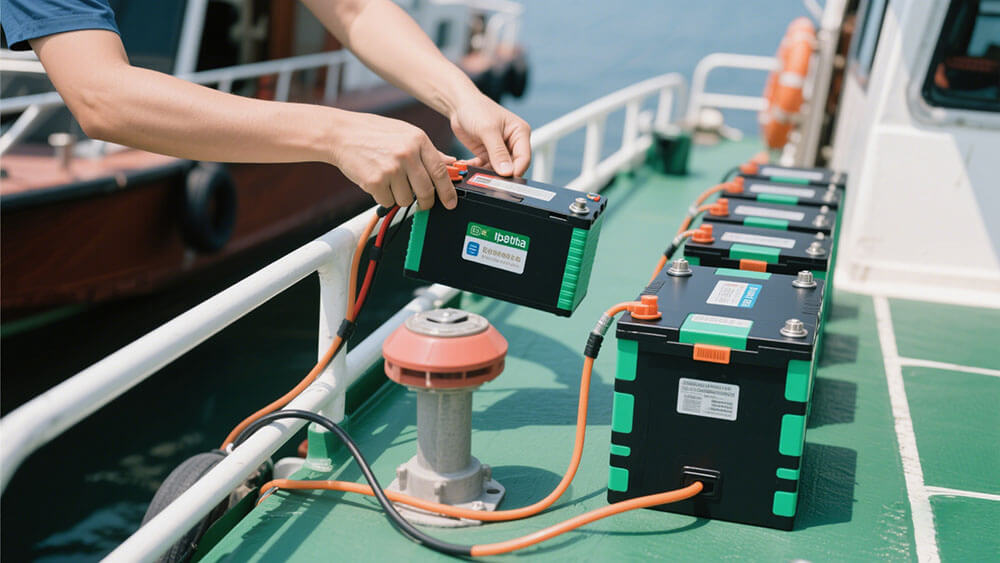
Part 4: Practical Applications and Recommendations
4.1 Best Use Cases for Sodium-ion Batteries
Sodium-ion batteries excel in applications where cost efficiency and sustainability are critical. Their affordability and reliance on abundant sodium resources make them ideal for large-scale energy storage systems, such as grid-level storage. These systems benefit from the batteries' ability to stabilize renewable energy sources like solar and wind power.
Cold climate operations also favor sodium-ion batteries due to their superior performance at low temperatures. Industries in colder regions, including logistics and infrastructure, can leverage this advantage for reliable energy storage. Additionally, sodium-ion batteries are well-suited for industrial applications requiring moderate energy density, such as backup power systems and stationary storage solutions.
Their eco-friendly profile further enhances their appeal for businesses prioritizing sustainability. Sodium-ion batteries reduce environmental impact through easier recyclability and lower resource extraction costs. For tailored solutions in energy storage systems, explore options from Large Power.
4.2 Best Use Cases for Lithium-ion Batteries
Lithium-ion batteries dominate industries requiring high energy density and long cycle life. Their versatility supports applications ranging from medical devices to robotics and infrastructure. For example, LiFePO4 Lithium batteries provide up to 5,000 cycles, ensuring reliability in critical systems like life-support devices and diagnostic tools.
Robotics benefit from lithium-ion batteries' compact design and high power output, enabling precision and efficiency in automated systems. Transportation infrastructure, including electric buses and rail systems, relies on lithium-ion batteries for scalability and durability.
Consumer electronics and industrial operations also depend on lithium-ion batteries for their unmatched performance. Their ability to maintain charge over extended periods makes them indispensable for portable devices and energy-intensive machinery. Businesses seeking customized solutions can explore options from Large Power.
4.3 Key Factors for Businesses to Consider
Selecting the right battery type requires evaluating several critical factors:
Energy Density: Assess the energy density requirements of your application. Lithium-ion batteries offer higher energy densities, making them suitable for compact systems. Sodium-ion batteries provide moderate energy density for stationary storage.
Cycle Life: Consider the endurance of the battery chemistry. LiFePO4 Lithium batteries deliver up to 5,000 cycles, while sodium-ion batteries offer approximately 5,000 cycles.
Cost Efficiency: Sodium-ion batteries reduce upfront costs, while lithium-ion batteries offer lower operating costs over time.
Sustainability: Evaluate the environmental impact of the battery type. Sodium-ion batteries provide a more eco-friendly alternative due to easier recyclability.
Supply Chain: Analyze the maturity of the supply chain for each battery type. Lithium-ion batteries benefit from established supply chains, while sodium-ion batteries face developmental challenges.
Businesses must align battery selection with operational needs and sustainability goals. For strategic consultation, visit Large Power.
The comparison of sodium-ion and lithium-ion batteries highlights their unique strengths and limitations. Sodium-ion batteries excel in cost efficiency and sustainability, while lithium-ion batteries dominate in energy density and versatility.
Feature | Lithium-ion Batteries | Sodium-ion Batteries |
|---|---|---|
Resource Availability | Limited, concentrated in specific regions | Abundant, widely available |
Cost | Higher due to resource scarcity | Lower, uses cheaper materials |
Energy Density | Higher, suitable for compact applications | Lower, may limit modern applications |
Safety | Risk of fire and explosion | Safer, less flammable |
Aligning your battery choice with industrial needs, such as medical, robotics, and infrastructure applications, ensures operational efficiency. The growing demand for intelligent energy management systems underscores the importance of selecting the right solution. Explore tailored options to meet your business goals from Large Power.
FAQ
1. What makes lithium-ion batteries safer for medical applications?
Lithium-ion batteries, such as LiFePO4 Lithium batteries, offer high thermal stability and reliability, ensuring uninterrupted operation in critical medical devices.
Are sodium-ion batteries safe for industrial energy storage?
Yes, sodium-ion batteries exhibit enhanced thermal stability, reducing the risk of overheating. Their safety profile makes them suitable for large-scale energy storage systems.
How does Large Power ensure battery safety in customized solutions?
Large Power prioritizes safety by using advanced materials, rigorous testing, and tailored designs to meet industry-specific requirements. For consultation, visit Large Power.
- Prev Article: no more
- Next Article: Understanding Power Banks and Portable Chargers
Leave Message
Hottest Categories
-
Hottest Industry News
-
Latest Industry News




